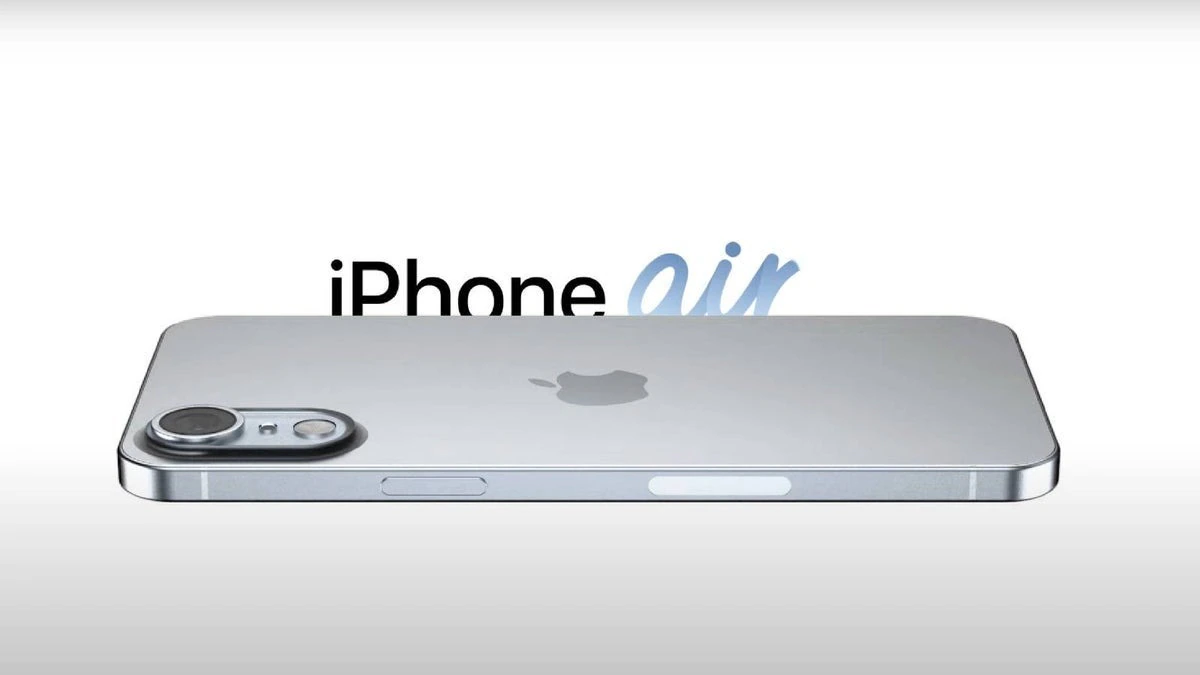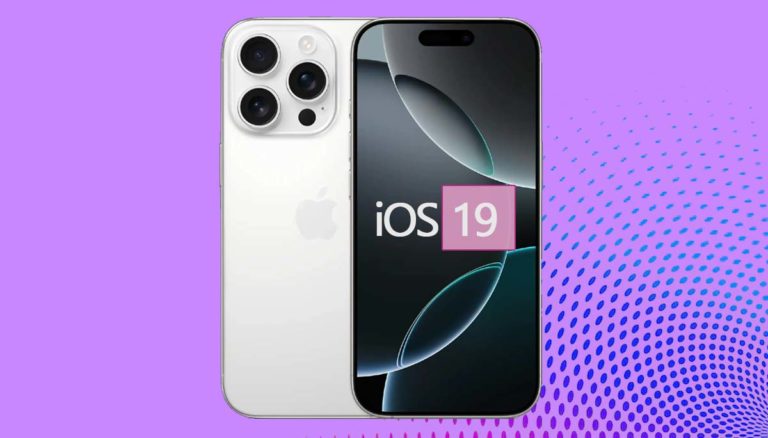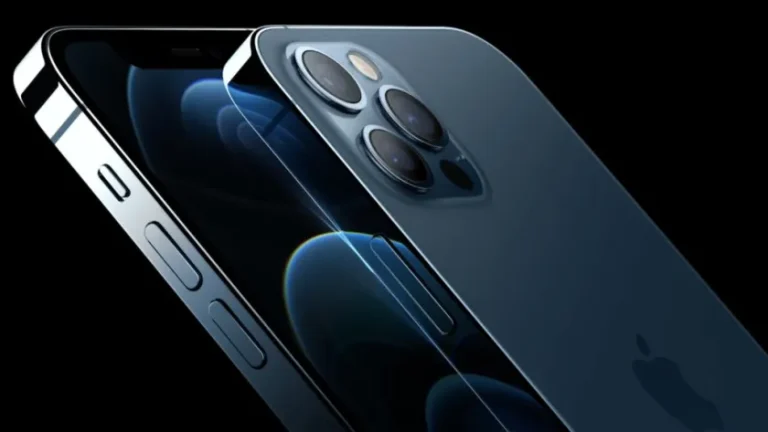
In September 2025, Apple is set to introduce new iPhone 17 series, and during that launch there are rumors that the company may launch iPhone 17 Air (or iPhone 17 Slim. This model will replace the iPhone 16 Plus and is in the news for its ultra-thin design. If rumors are to be believed, this will be Apple’s thinnest iPhone ever, measuring just 5.5 mm thick (although it may increase to 9.5 mm due to the camera bump). This design shows that Apple has prioritized style and portability this time, although some technological compromises have also had to be made for this.
The design of the iPhone 17 Air is inspired by the MacBook Air, which uses an aluminum frame and glass back panel. However, titanium has not been used like the Pro models, which has helped keep the weight down. Dummy models show that this iPhone will be so thin that it can be included in some of the thinnest smartphones in the world.
Regarding the display, the iPhone 17 Air will have a 6.6-inch OLED display. This will be slightly smaller than the iPhone 16 Plus (6.7 inches), but larger than the iPhone 16 (6.1 inches). This display will also include 120Hz promotion technology and always-on feature, which was till now only available in Pro models. Apart from this, Metalens technology can be used to further reduce the dynamic island, which will reduce the size of the Face ID sensor.
The iPhone 17 Air will have only one rear camera – a 48MP wide lens, which will be mounted in a pill-shaped camera bar. It may seem weaker than the dual camera system of the iPhone 16 Plus, but Apple will try to improve it through software. The front camera will be 24MP, which will be better than the 12MP camera of the previous models. Also, it will also have a camera control button, which will allow access to quick settings during photography.
The iPhone 17 Air will use the A19 chip, which will be built on TSMC’s 3nm N3P process. However, it will be less powerful than the A19 Pro chip of the Pro models. The RAM will be 8GB, which is sufficient for Apple intelligence features, but the Pro models (12GB RAM) will be better for gaming and heavy multitasking.
In terms of connectivity, the iPhone 17 Air will have Apple’s own C1 5G modem, which is power efficient, but it will not have mmWave 5G support. Apart from this, this phone will be completely eSIM-based, that is, it will not have a physical SIM tray, which may cause some trouble in countries like India.
Despite being so thin, the battery life of the iPhone 17 Air is expected to be the same as the current models. It uses high-density battery and power-efficient components. However, according to some reports, this battery life will satisfy only 60-70% of users, while in models like iPhone 17 Pro Max this figure can be up to 80-90%. There will be 35W wired and MagSafe wireless support for charging. The company has kept its battery capacity same like other models by using the second camera space. Since the phone has a single camera setup at the back, engineers have used that unused space to increase the battery capacity, similar to the iPhone 16e.
The iPhone 17 Air is expected to start at $999 (₹99,000), positioning it between the iPhone 17 ($899) and the iPhone 17 Pro ($ 1099). However, tariffs on China in the US could lead to a price hike of up to 9%, but Apple could absorb some of it itself or shift production to countries like India.
Conclusion
The iPhone 17 Air is a bold initiative from Apple, focusing on design and innovation. The thickness of this phone would be roughly half the thickness of current iPhones. However, some technological compromises have had to be made for its thin body. If Apple offers it at the right price, it can become a good option in the premium segments. Those who looking for a light-weight and slimmest phone from Apple, the 17 air model of iPhone could be a best choice. The official launch is expected in September 2025, by then more confirmed details will be revealed and till then don’t forget to share.
Source: MacRumors, 9to5Mac, The Wall Street Journal, Bloomberg, Forbes, and Tom’s Guide


